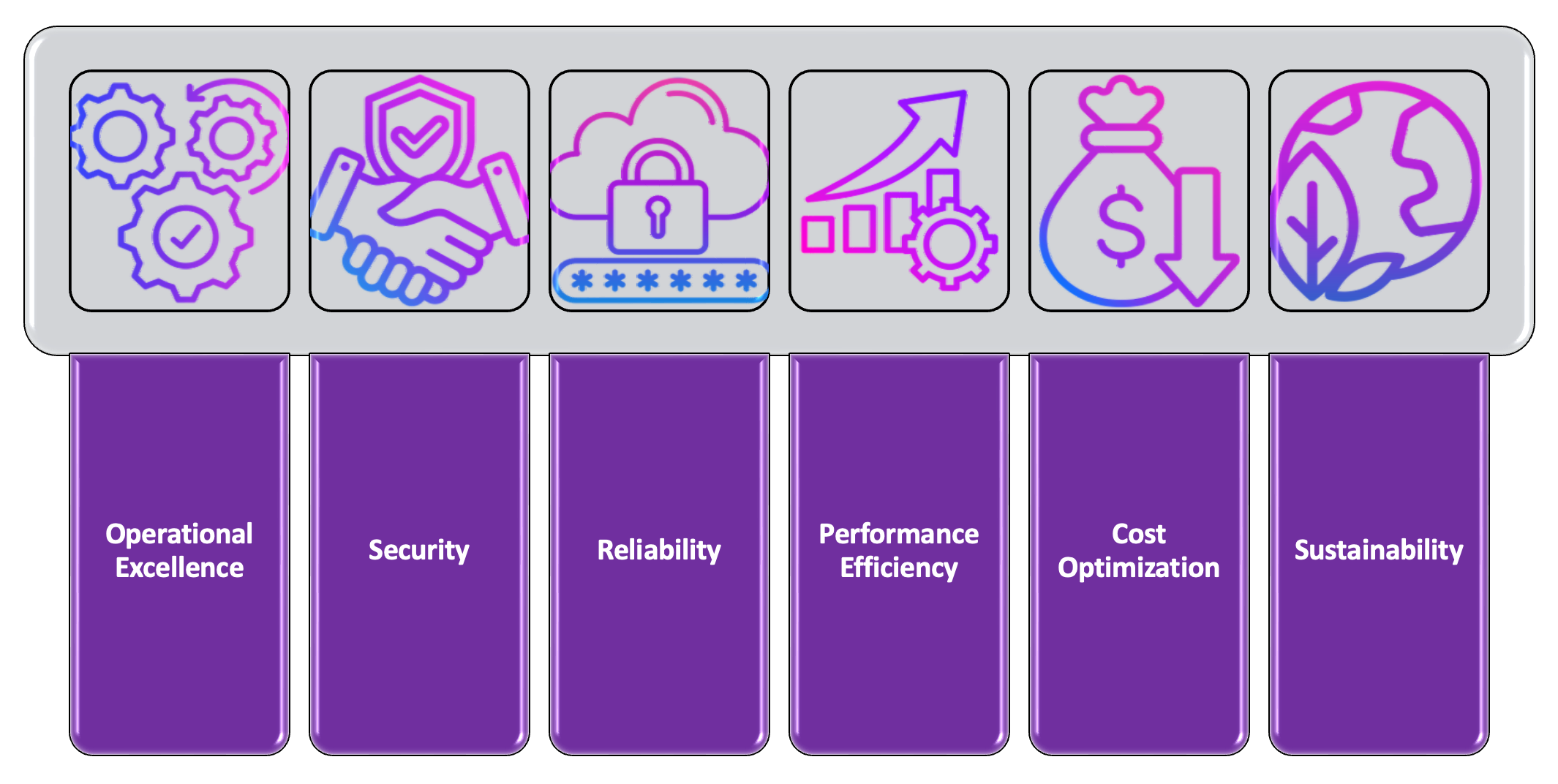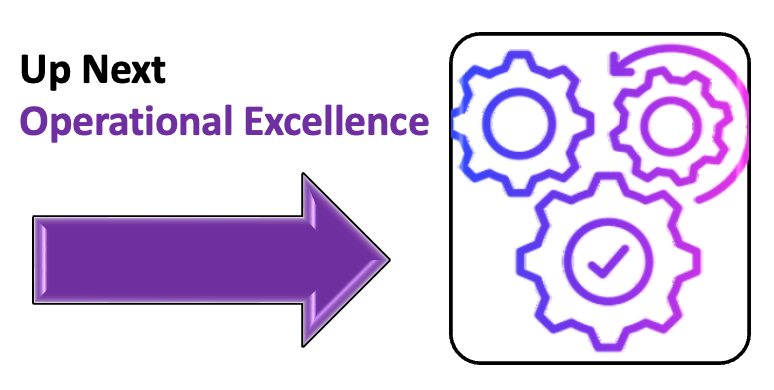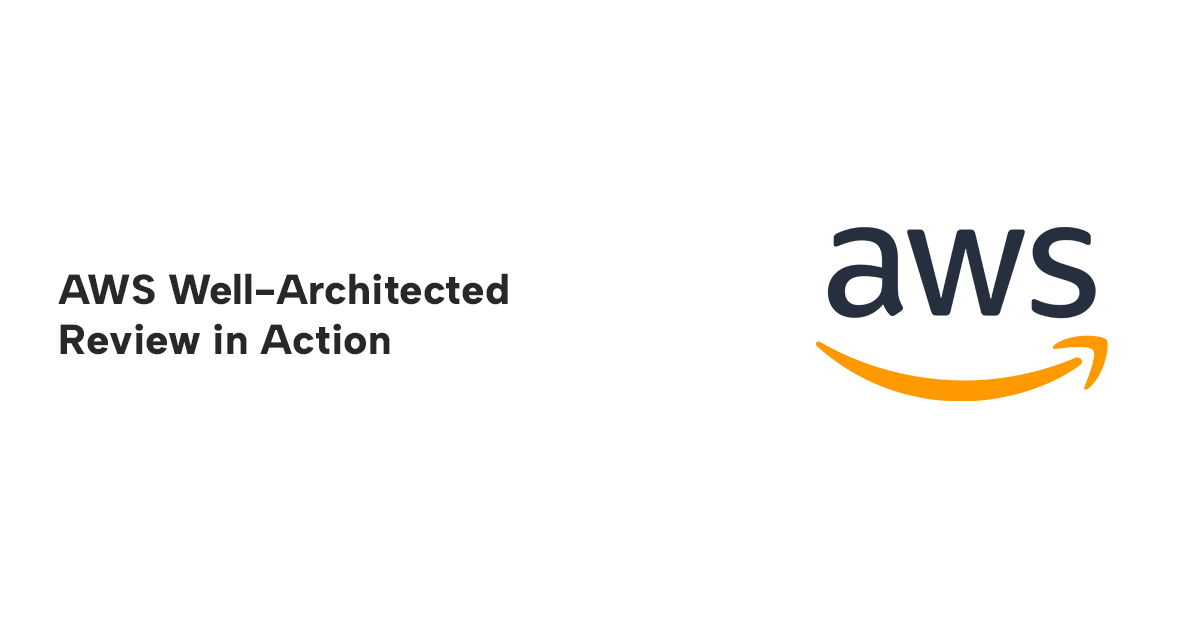AWS Well-Architected Review in Action
By Bhuvaneswari Subramani & Omshree Butani / Oct 18, 2023
Table of Contents
- Introduction
- Step 1: Identify Your Workload
- Step 2: Assemble a Review Team
- Step 3: Access the AWS Well-Architected Tool
- Step 4: Choose the Pillars
- Step 5: Review the Pillar Questions
- Step 6: Gather Information
- Step 7: Evaluate the Workload
- Step 8: Identify Improvement Opportunities
- Step 9: Create an Action Plan
- Step 10: Implement Changes
- Step 11: Review and Iterate
- Conclusion
Introduction
When you look at the design your team is building, can you answer the question – Are you Well–Architected?
The AWS Well-Architected Framework is an essential tool in the domain of cloud computing. It serves as a comprehensive guide to help organizations evaluate and enhance their cloud workloads. By adhering to this framework, businesses can ensure their infrastructure is optimally designed, promoting Operational Excellence, Reliability, Security, Performance, Sustainability, and Cost Optimization— which in fact are the Six Pillars of Well-Architected Framework. Embracing these best practices not only enhances overall cloud performance but also fortifies data security, reduces costs, and fosters operational excellence.
Since its inception in 2012 to improved prescriptive guidance in 2023, AWS Well-Architected Framework has evolved and matured over a decade in multiple dimensions. A single blog may touch the surface, but the complexity and depth of the Well-Architected Framework merit a detailed exploration.
By delving into a series of blogs, we can systematically unpack each pillar—Operational Excellence, Reliability, Security, Performance, Sustainability, and Cost Optimization. This approach allows us to provide a thorough examination of best practices, guidelines, and real-world examples that cater to the diverse aspects of cloud workloads.
In this blog post (aka AWS WA Blog Series – Part 1), we will walk you through a step-by-step approach to performing AWS Well-Architected Reviews.
Step 1: Identify Your Workload
The first step in conducting a Well-Architected Review is to identify your workload. Determine which specific AWS workloads or applications you want to assess. This could be a single application or an entire environment (non-prod or prod), depending on your needs.

Step 2: Assemble a Review Team
Gather a team of experts who will participate in the review. This team should include individuals with knowledge and expertise in areas such as architecture, security, operations, and cost optimization. Assign roles and responsibilities to each team member, such as a lead reviewer and specialist for each pillar of the Well-Architected Framework.
Step 3: Access the AWS Well-Architected Tool
AWS provides a free tool called the AWS Well-Architected Tool that can help you assess your workloads against the framework's best practices. Access the tool through the AWS Management Console. If you use multiple AWS accounts, then it is recommended to use one specific AWS account (not necessarily a management account) for Well-Architected Review, irrespective of which environment you use.
Step 4: Choose the Pillars
The AWS Well-Architected Framework consists of six pillars:
- Operational Excellence
- Security
- Reliability
- Performance Efficiency
- Cost Optimization
- Sustainability

For each workload, select the relevant pillars to focus on during the review. It's advisable to address all six pillars, but you can prioritize based on your specific goals.
Step 5: Review the Pillar Questions
Within each pillar, there are a series of questions that help you evaluate your workload's alignment with best practices. Review these questions with your team to ensure everyone understands the criteria for a well-architected workload.
Step 6: Gather Information
Collect relevant documentation, architectural diagrams, configuration details, security policies, cost reports and data about your workload. This may also include AWS CloudFormation templates, AWS Identity and Access Management (IAM) policies, logs, and performance metrics. Having a complete set of information will help your team assess the workload accurately.
Step 7: Evaluate the Workload
Using the AWS Well-Architected Tool, go through each of the selected pillars and answer the questions based on your workload's design and implementation. Be honest and critical in your assessment to identify areas that need improvement.
Step 8: Identify Improvement Opportunities
The AWS Well-Architected Tool will provide recommendations and best practices for each pillar based on your answers. Collaborate with your team to identify improvement opportunities and prioritize them based on their impact and feasibility.
Step 9: Create an Action Plan
Develop a comprehensive action plan that outlines the steps required to address the identified improvement opportunities. Assign responsibilities and set deadlines to ensure that improvements are implemented effectively.
Step 10: Implement Changes
Execute the action plan and make the necessary changes to your AWS workloads. Ensure that the improvements align with the best practices defined by the AWS Well-Architected Framework.
Step 11: Review and Iterate
After implementing the changes, revisit the AWS Well-Architected Tool to assess the impact of the improvements. Continue to monitor and iterate on your workloads to maintain alignment with best practices and adapt to evolving requirements.
Conclusion
Performing AWS Well-Architected Reviews is a critical process for maintaining the health and efficiency of your cloud workloads. By following this step-by-step approach, you can systematically assess and improve your AWS environments in alignment with the AWS Well-Architected Framework. Regular reviews and continuous improvement will help you optimize your cloud infrastructure for reliability, security, and cost-effectiveness.

See you soon in AWS WA Blog Series – Part 2




